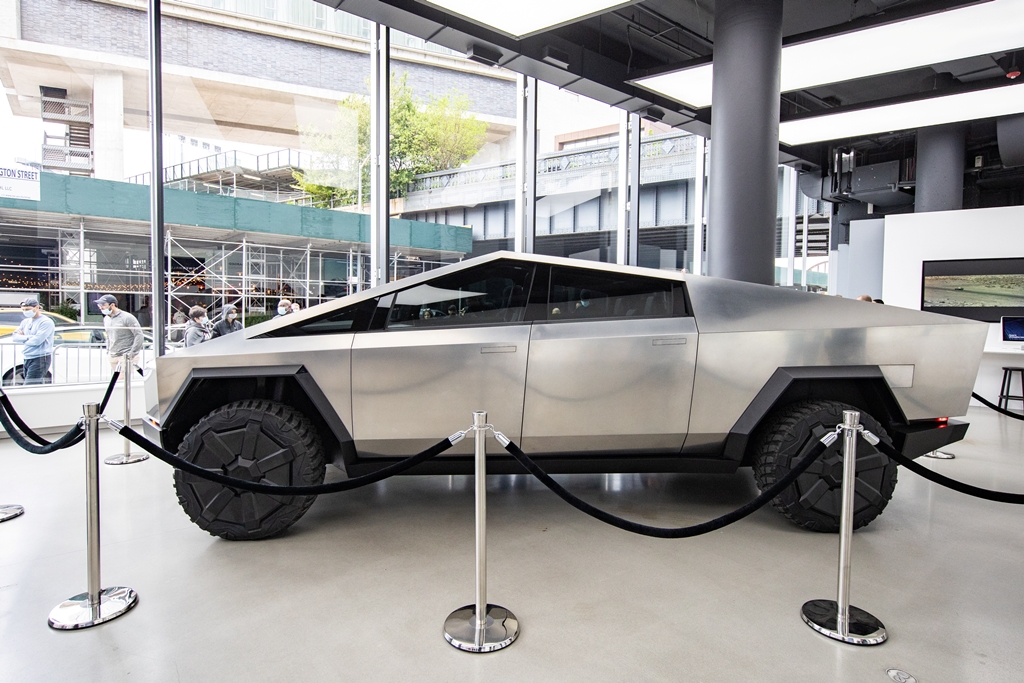I do find this article on the whole Samsung win of the Tesla HW 4.0 insightful and maybe slightly a little confusing to be honest on Nvidia's end of going with possibly 8nm for Orin. It definitely comes across like Samsung were extremely aggressive in negotiating this win and who knows maybe Nvidia taking the bulk of their business back to TSMC is what sparked this (Qualcomm as well).
There not being a clear indication of the manufacturing process for Orin in any article written is head scratching since any of the recent Tesla HW 4.0 and Samsung articles all mention them being made on Samsung's 7nm. The Tesla Ai event being back in August was well ahead of Nvidia's GTC November event and we now have full specs for both chips.
This quote below in of itself would be the most weird for Nvidia in still choosing 8nm if that pans out. The Tesla 4.0 chip is supposed to be a 645mm², 400w 22Tflop FP32 SoC on Samsung's 7nm process (according to the Tesla team in the video).
"Samsung Electronics plans to mass produce the Tesla HW 4.0 chip at its main Hwasung plant in Korea using the 7-nanometer processing technology in the fourth quarter of this year at the earliest, according to the sources.
The 7 nm process is less advanced than its 5 nm process, but Samsung has decided to use the 7 nm technology to ensure higher production yields and stable functions of the chip when installed on full self-driving (FSD) cars, they said."
SILICON VALLEY – Samsung Electronics Co., the world’s leading chipmaker, will manufacture Tesla Inc.’s next-generation hardware 4 (HW 4.0) ch
www.kedglobal.com




/cdn.vox-cdn.com/uploads/chorus_asset/file/22998064/elecjet_stacked_report_hero.jpg)
